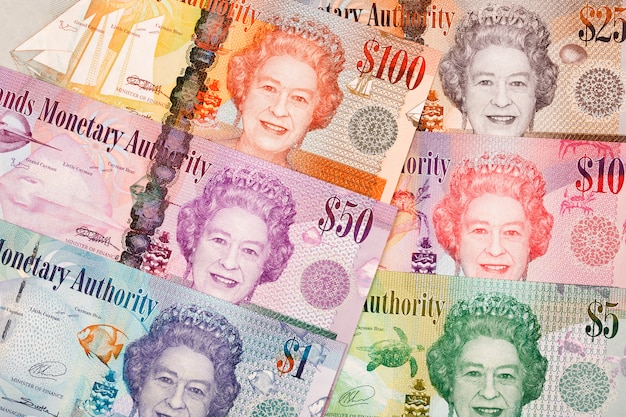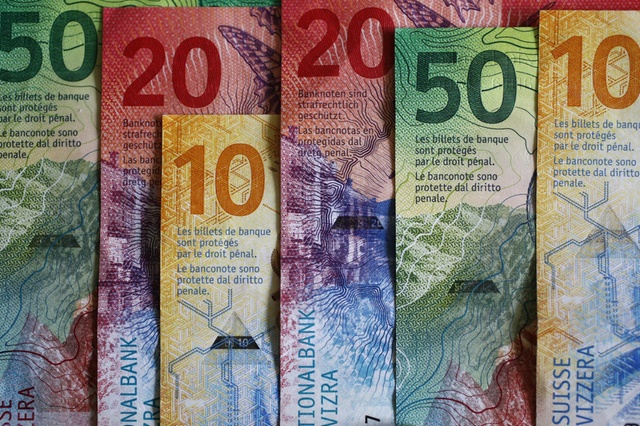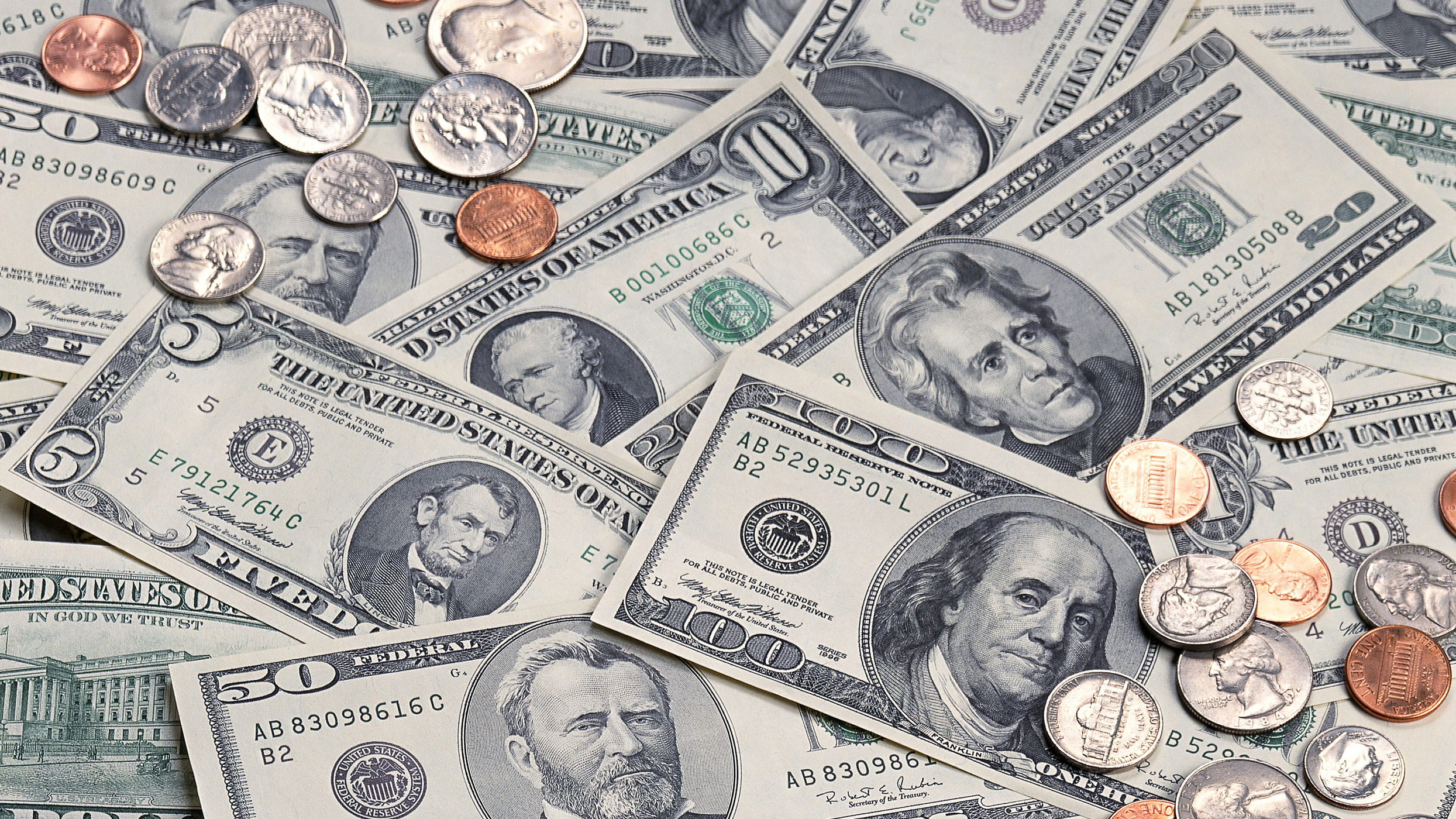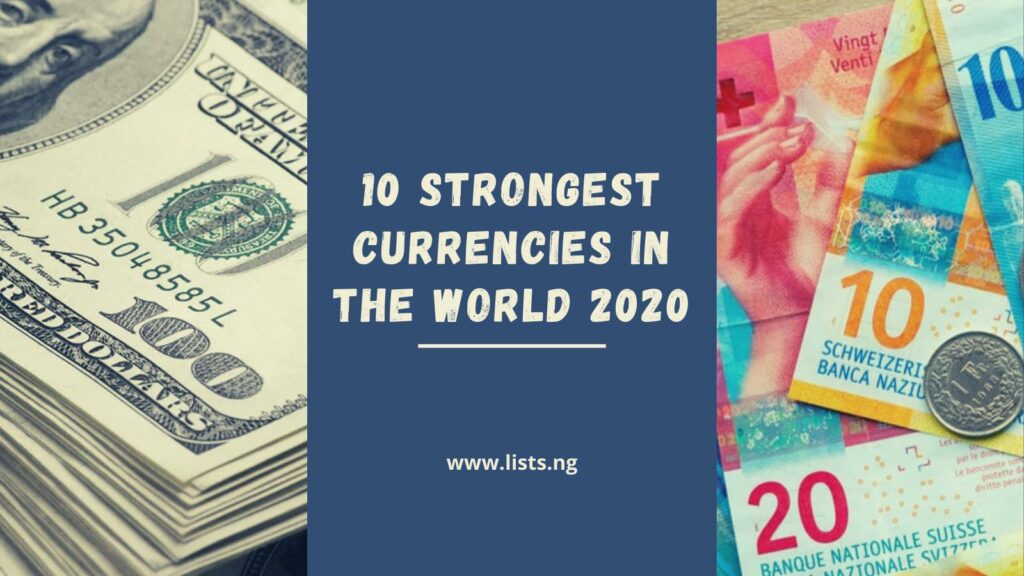Currency strength expresses the value of currency. For economists, it is often calculated as purchasing power ( the amount of goods and services that can be purchased with a unit of currency), while for financial traders, it can be described as an indicator, reflecting many factors related to the currency such as, fundamental data, overall economic performance or interest rates.
The coronavirus has greatly impacted world economy with some countries feeling it more than others. Several currencies have taken an unfortunate plunge, however, the usual top states have managed to maintain their positions.
Below are the top 10 strongest currencies in the world.
1. Kuwaiti Dinar (1 KWD = 3.27 USD)

Kuwait is a country in Western Asia with a population of 4.5 million people: 1.3 million are Kuwaitis and 3.2 million are expatriates as of 2016. Despite its small size, it exports a significant amount of oil into the global market, which makes up over 80% of its revenue.
2. Bahraini Dinar (1 BHD = 2.65 USD)

Like Kuwait, Bahrain is a small Middle Eastern state rich in oil. Bahrain developed the first post-oil economy in the Persian Gulf, the result of decades of investing in the banking and tourism sectors; many of the world’s largest financial institutions have a presence in the country’s capital.
3. Omani Rial (1 OMR = 2.60 USD)

Oman, officially the Sultanate of Oman, is a country on the southeastern coast of the Arabian Peninsula in Western Asia. Oman has a relatively diversified economy, but remains dependent on oil exports. In terms of monetary value, mineral fuels accounted for 82.2 percent of total product exports in 2018
4. Jordanian Dinar (1 JOD = 1.41 USD)

Jordan’s economy is relatively well diversified. Trade and finance combined account for nearly one-third of GDP; transportation and communication, public utilities, and construction account for one-fifth, and mining and manufacturing constitute nearly another fifth. The official currency is the Jordanian dinar, which is pegged to the IMF’s special drawing rights (SDRs), equivalent to an exchange rate of 1 US$ ≡ 0.709 dinar, or approximately 1 dinar ≡ 1.41044 dollars
5. Pound Sterling (1 GBP = 1.31 USD)
Pound sterling is the official currency of the United Kingdom, Jersey, Guernsey, the Isle of Man, Gibraltar, South Georgia and the South Sandwich Islands, the British Antarctic Territory, and Tristan da Cunha.Sterling is the fourth most-traded currency in the foreign exchange market, after the United States dollar, the euro, and the Japanese yen.
6. Cayman Islands Dollar (1 KYD = 1.20 USD)

The Cayman Islands dollar is the official currency of the Cayman Islands and it is identified as CI$.The country is often considered a major world offshore financial haven for international businesses and many wealthy individuals, and has been placed on the EU’s blacklist of foreign tax havens.
7. Euro (1 EUR = 1.18 USD)

The euro is the official currency of 19 of the 27 member states of the European Union. The euro is the second-largest reserve currency as well as the second-most traded currency in the world after the United States dollar. As of December 2019, with more than €1.3 trillion in circulation, the euro has one of the highest combined values of banknotes and coins in circulation in the world
8. Swiss Franc (1 CHF = 1.10 USD)

The Swiss franc is the currency and legal tender of Switzerland, one of the most stable, prosperous and high-tech economies in the world. Switzerland has also been ranked as the wealthiest country in the world per capita in multiple rankings, while at the same time being one the least corrupt countries in the world, hence its stable currency.
9. US Dollar

The United States dollar is the official currency of the United States and its territories. The U.S. dollar is the world’s primary reserve currency as well as the most used in international transactions. Aside from the United States itself, the American dollar is also used as the sole currency in two British Overseas Territories in the Caribbean: the British Virgin Islands and Turks and Caicos Islands. As of January 31, 2019, there is approximately US$1.7 trillion in circulation.
10. Canadian Dollar (1 CAD = 0.76 USD)
As of 2018, Canada ranks as the world’s tenth-largest economy with a nominal GDP of approximately US$1.73 trillion. It is one of the least corrupt countries in the world, and is one of the world’s top ten trading nations, with a highly globalized economy. Accounting for approximately 2% of all global reserves, the Canadian dollar is the fifth most held reserve currency in the world The Canadian dollar is popular with central banks because of Canada’s relative economic soundness, the Canadian government’s strong sovereign position, and the stability of the country’s legal and political systems.



